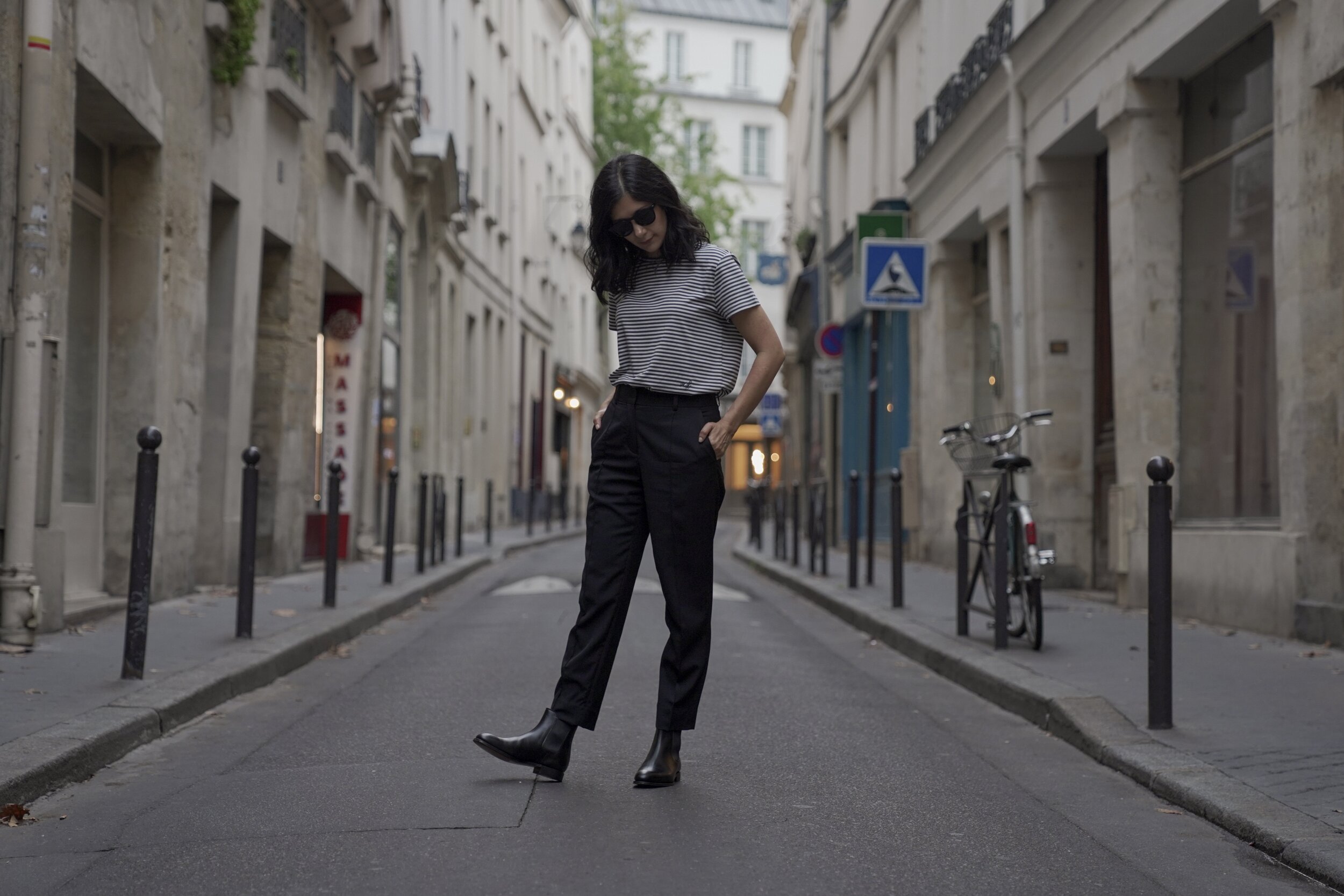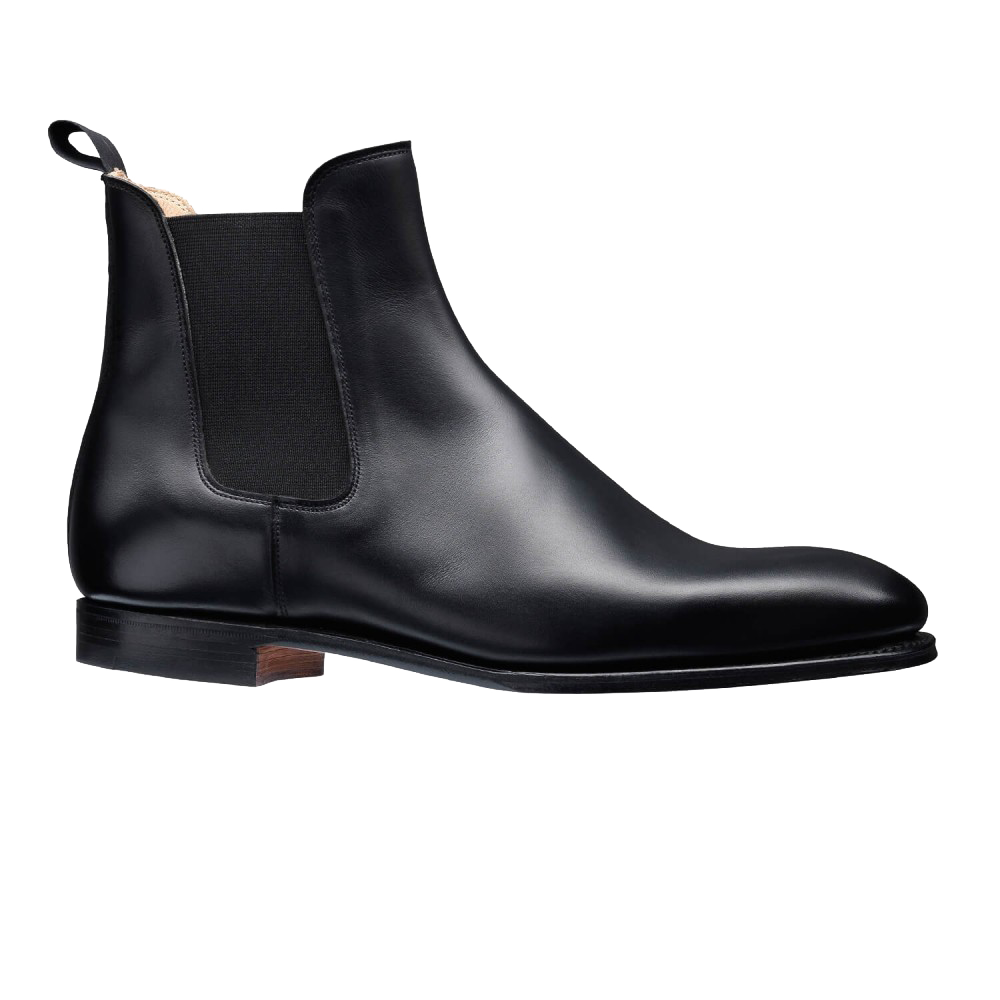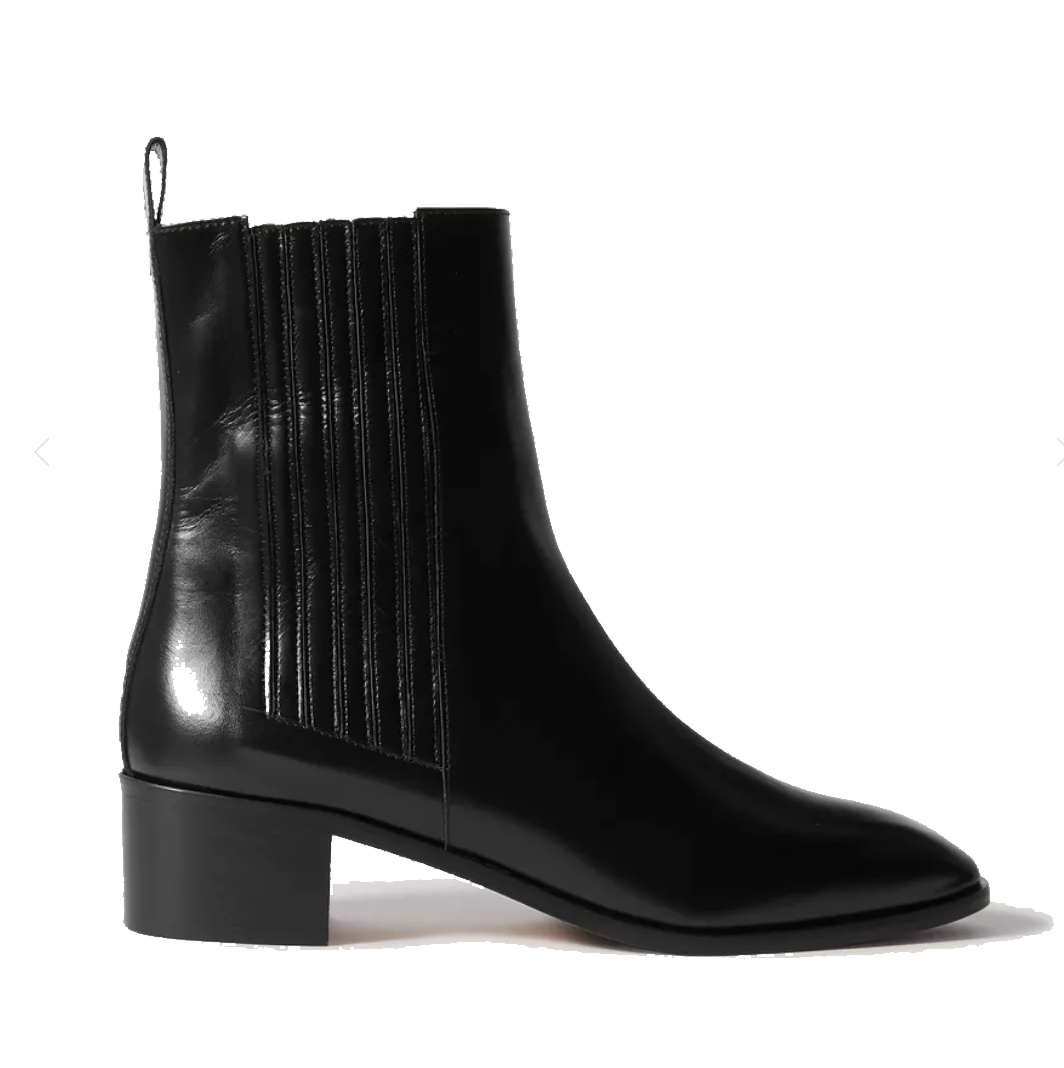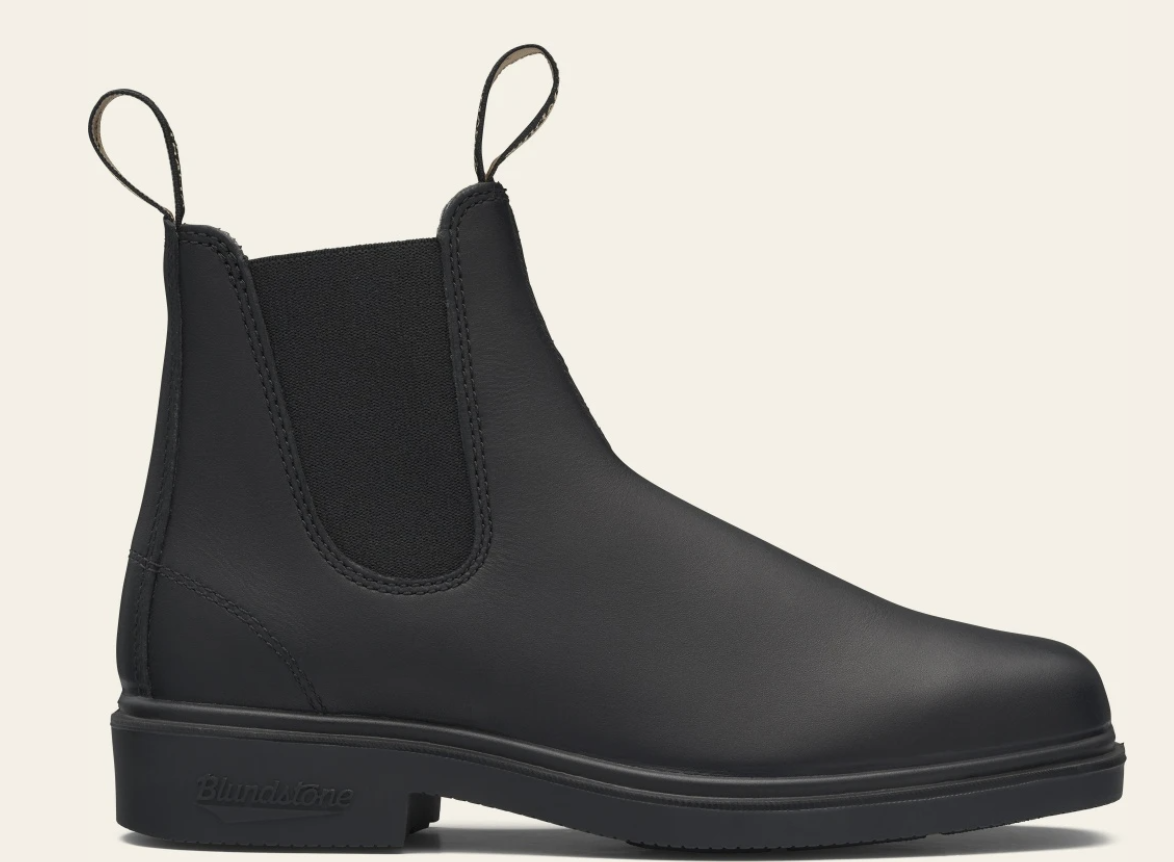It’s finally ankle boot season again! To celebrate, I’m working on a few videos and blog posts all about my favorite footwear category, and today I want to share some of the best ankle boots I’ve found in case you’re looking to add a pair to your wardrobe. To keep things as easy to navigate as possible (and hopefully as helpful as possible) I’ve separated all of the boots I’ve found by price and quality - placing an extra emphasis on things like Goodyear welting and high quality materials that will ensure you can wear and enjoy your boots for as long as possible. Even when looking for trendier things, I think it’s a good idea to buy the highest quality you can personally afford because trends always seem to come back and a good quality trendy piece can stick with you through the long haul.
WHAT MAKES A GREAT BOOT
To start things off, let’s quickly recap what makes a great boot. I’ll also be sharing this information in more detail on YouTube soon but for now these are the top line things to keep in mind. These are also the characteristics that increase the value and as a result, the price of the boots so they’re important to understand when shopping. These are also things that are becoming harder and hard to find and with affiliate linking driving the popularity of many brands, those that have committed to these standards and don’t have enough overhead to also work with affiliate sites don’t get recommended nearly enough - because bloggers and influencers can’t make money from the sale - but that’s a whole other conversation.
To keep all of this as simple as possible and help you easily identify which boots meet the most of your requirements, I’ve narrowed in on a rating system. This system takes 6 top quality construction points into consideration and each pair of boots is awarded a point for having one of these features. If they don’t have it, they don’t get a point. The highest rating would be a 6/6 and the lowest a 0/6 and the parameters are as follows:
Materials - For the longest lasting boots that will mold to your foot and be easily repaired over time, full grain leather is great (it’s the most durable) but calfskin, scotch grain or authentic patent leather are also wonderful and slightly more formal looking which I like for versatility. If a retailer has used these high quality leathers, they’ll say so but sadly, some retailers will list the materials as just leather or genuine leather with no other call outs and that usually signifies a poorer quality leather and sometimes even a blend of leathers. It takes some investigative research and good faith in a brand you trust. It’s also safe to say that if a pair of boots is very inexpensive (around $100-$150) they’re using lower quality leathers but they can still last a long time if other points have been considered.
Construction - This refers to how the boot’s uppers are attached to the soles and there are 2 main ways of doing this - stitching or gluing. High-quality shoes are almost always stitched together with thread and the most common types of stitched constructions include Goodyear welt, Blake stitching and storm welts. This also comes with a higher price tag as it’s more time consuming and costly to do but it also means your shoes can be resoled making them last for years and years. If the boots have been stitched they will receive a point. Glued construction on the other hand is exactly as it sounds - the uppers are glued to the soles and as a result require less time and labor to construct making them cheaper and easier to manufacture but they typically can’t be repaired or resoled (I’ve seen exceptions) which means you get permanent wear over time and eventually need to throw away your boots. If the boots have been glued they will not receive a point.
Production - Production refers to how a pair of boots or shoes is made and in this case, I’ve awarded a point to any boots that have been handcrafted in small batches as that is the most detailed, highest quality and often longest lasting. This also increases the price. Cheap shoe manufacturers on the other hand, usually mass produce their footwear which can lead to more irregularities and poorer construction as well as poor working conditions for employees. Now, of course there are examples of boots that have good production without being handmade, and I’ve included a few in this post but for the sake of rating I’ve only awarded a point to the boots that have been handmade.
Price - Given all of the above points, I wanted to also include a section specifically for price because generally speaking the higher quality the materials, construction and production, the higher the price but there are also boots in this round-up that have a very fair price and in either case they’ve been awarded a point if the cost per wear seems fair. Also, always keep in mind that you can search for all of these second hand or even unused on sites like eBay, Poshmark, TheRealReal etc to get the price lower than retail.
